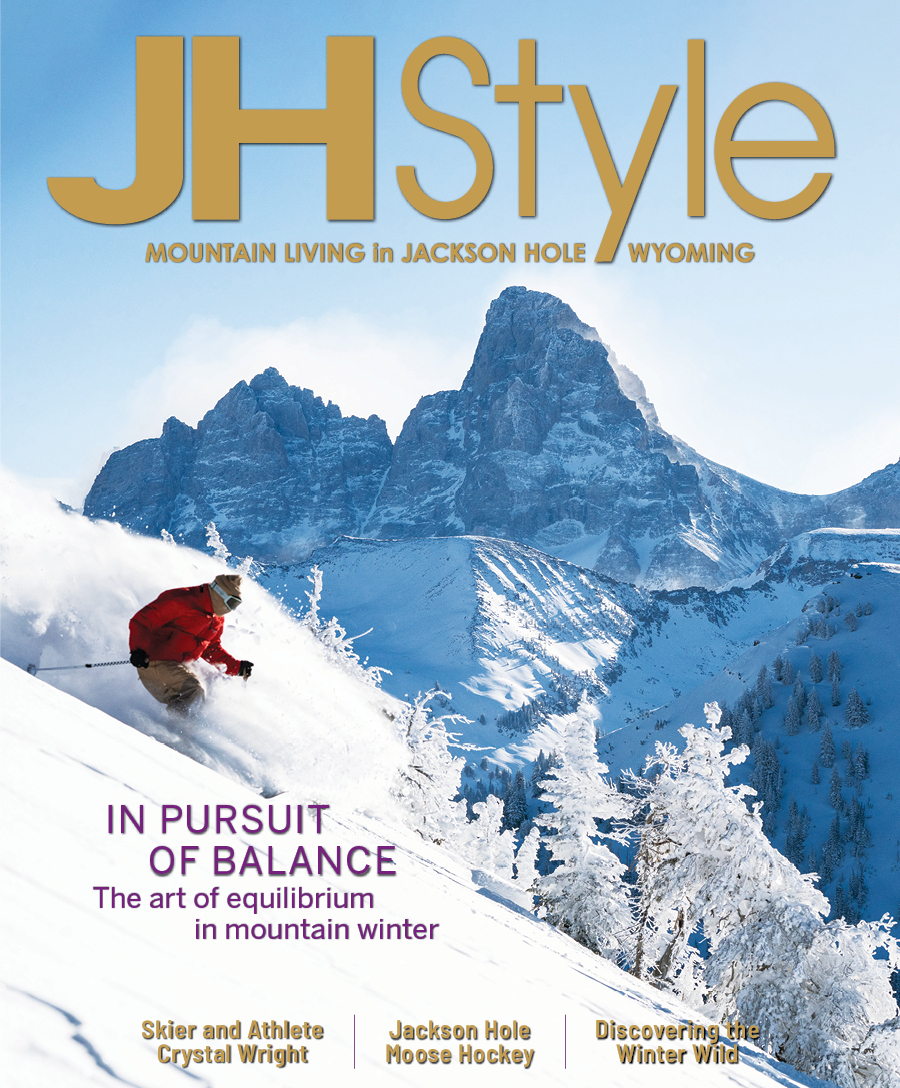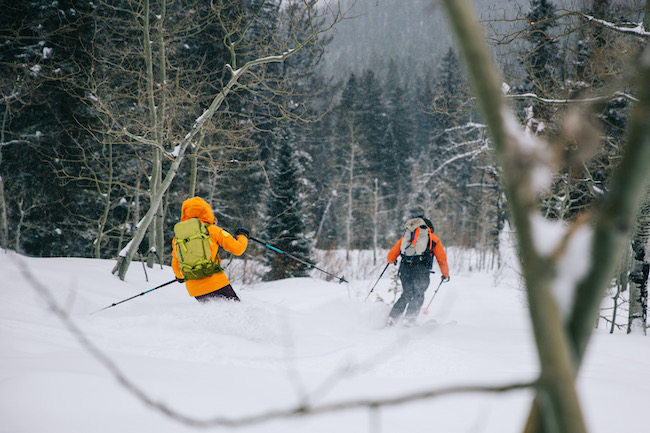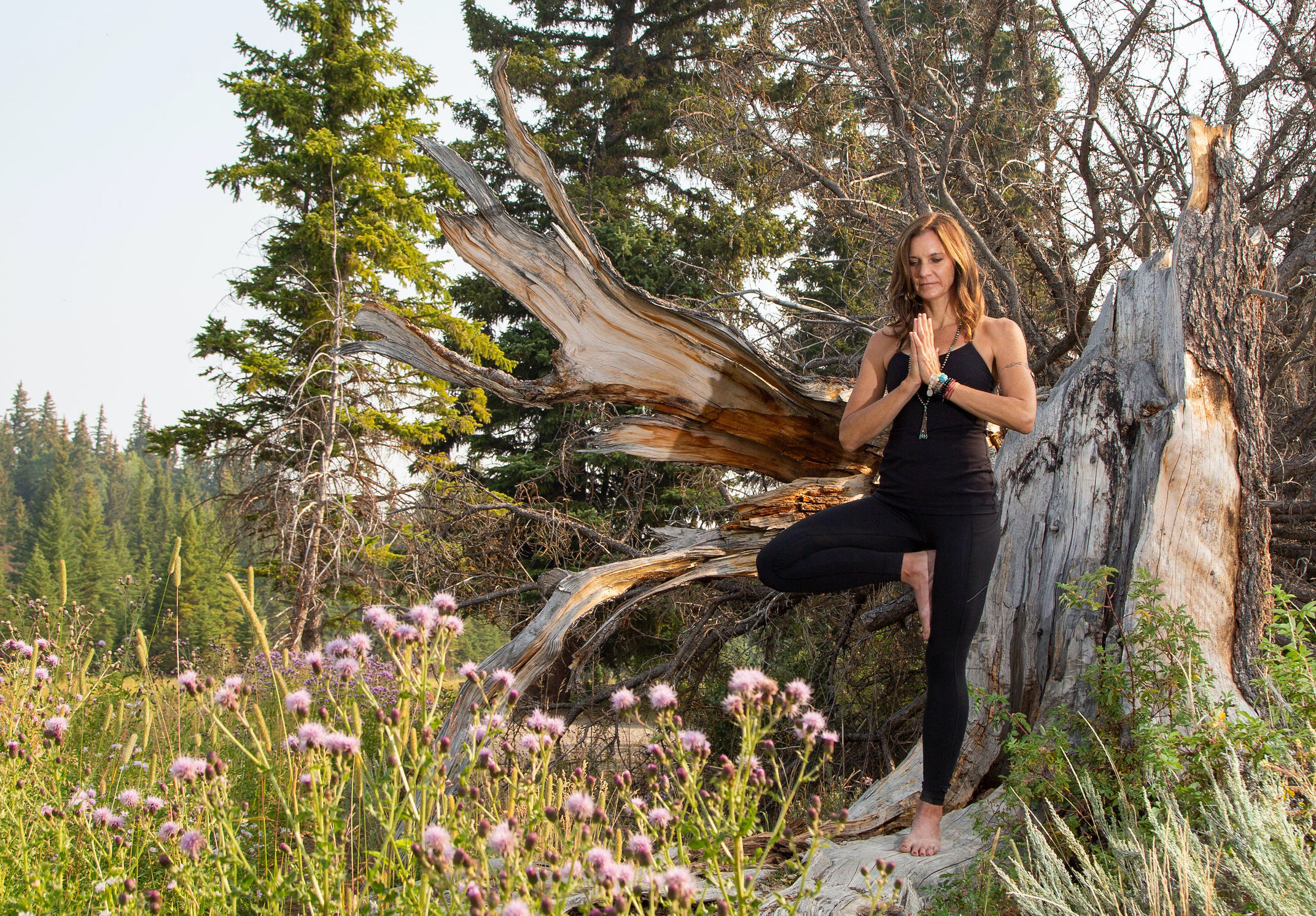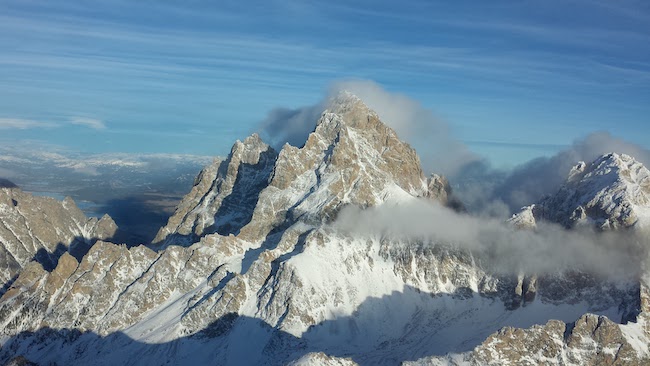Late-Season Access to Grand Teton & Yellowstone
02 Nov 2025
Experience Yellowstone and Grand Teton’s peaceful side as (some) roads close and winter settles in
Winter 2025/2026
| Images: National Park Service | Grand Teton National Park
As the calendar turns to November, things in Grand Teton and Yellowstone begin to slow down in a big way. The crowds thin, the air sharpens and the wild rhythm of the landscape takes center stage. It’s a wonderful time to experience the quieter side of the natural world — when elk bugles echo through frosty meadows and the mountains trade their golden hues for snow-dusted silence. Here’s the rundown on where you can (and can’t) go as the parks ease into their late autumn and winter rhythm.
Despite the ongoing government shutdown, both Grand Teton and Yellowstone National Parks remain open to visitors. Essential services like road maintenance and emergency operations continue, though facilities and visitor centers may be closed or minimally staffed, so travelers should plan ahead and expect a more self-guided experience.

In Grand Teton National Park, the sweeping roadways beneath the jagged peaks begin their seasonal transitions. The main highway corridor — US 26/89/191 — stays open year-round, allowing travelers to pass through the valley, take in unobstructed views of the Tetons, and maybe spot a few moose or bison on the move toward winter ranges. (Get details directly from the National Park Service here.)
Starting November 1, the Teton Park Road, the scenic stretch between Taggart Lake Trailhead and Signal Mountain Lodge, closes to regular vehicle traffic. Through the snowy months, it transforms into a peaceful corridor for walkers, cyclists, and cross-country skiers. The Moose–Wilson Road also closes to vehicles between Death Canyon and Granite Canyon Trailheads until spring, and smaller side roads — including Antelope Flats, Pilgrim Creek, and Grassy Lake — follow similar closures depending on weather. Many facilities, such as visitor centers, campgrounds, and lodges, shut down for the season, leaving the park in a quiet, untouched state perfect for reflection and wildlife watching.
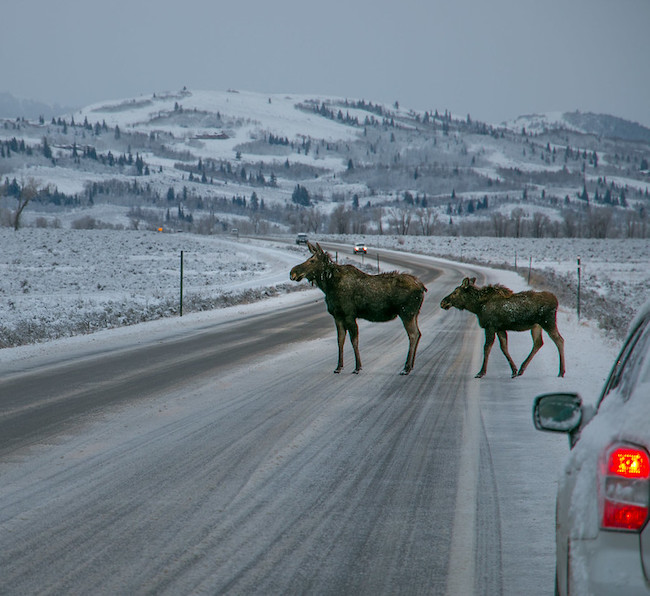
Further north, Yellowstone National Park transitions even more dramatically. By early November, most interior roads — including access through the South, West, and East Entrances — close to standard vehicles as the park prepares for its oversnow season. The only section that remains open year-round is the route from Gardiner, Montana, through Mammoth Hot Springs and over to Cooke City via Tower Junction. It’s a stretch that feels almost otherworldly in winter — steaming thermal basins, roaming bison, and long stretches of pristine snow under a pale sky. The rest of the park stays quiet until mid-December, when snowcoaches and snowmobiles begin operating again.
If you’re planning a visit during this time, expect slower travel, fewer crowds, and a deeper sense of solitude. Grand Teton’s main highway remains your best bet for soaking in those mountain views, while Yellowstone’s northern corridor offers the only reliable access for vehicles until spring.
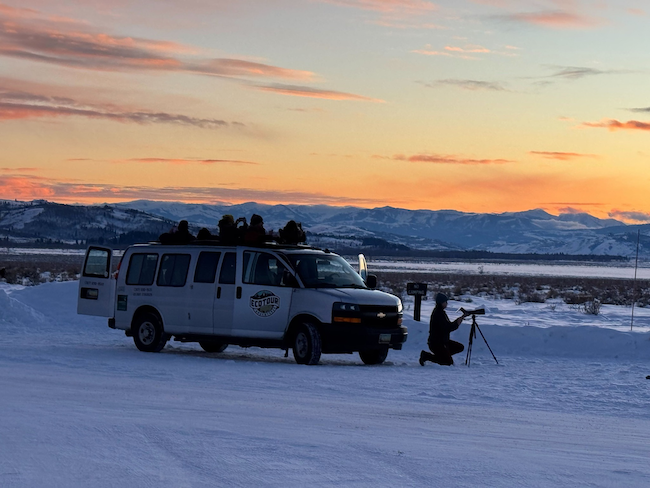
For those who want to experience the parks more fully, this is the perfect season to explore with a professional guide. Booking a wildlife safari with EcoTour Adventures in Jackson Hole is one of the best ways to make the most of your trip. Their expert naturalists know where to find wolves, moose, bighorn sheep and other wildlife that thrive in the cold months — and they offer an insider’s perspective on the ecology, history and rhythm of these incredible landscapes.
Before heading out, be sure to check current park updates for road conditions and closures. November in the Tetons and Yellowstone brings shorter days and longer shadows, but also a stillness that few visitors ever get to see — a season when the parks rest, breathe and quietly prepare for another wild year ahead.



